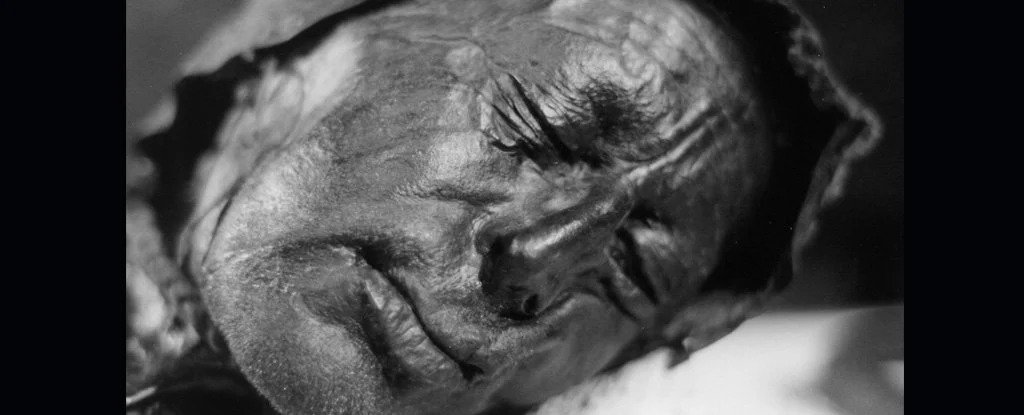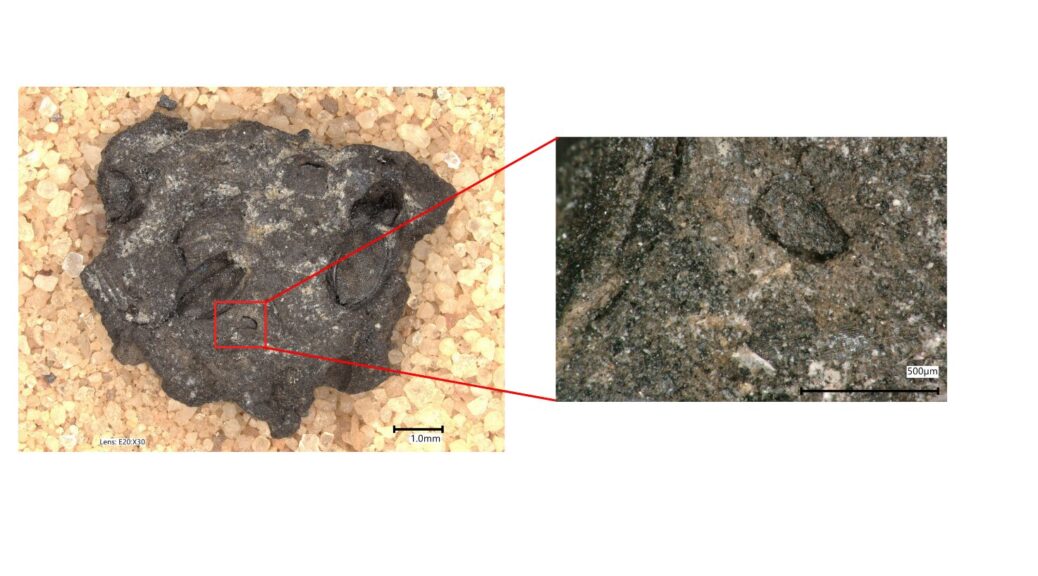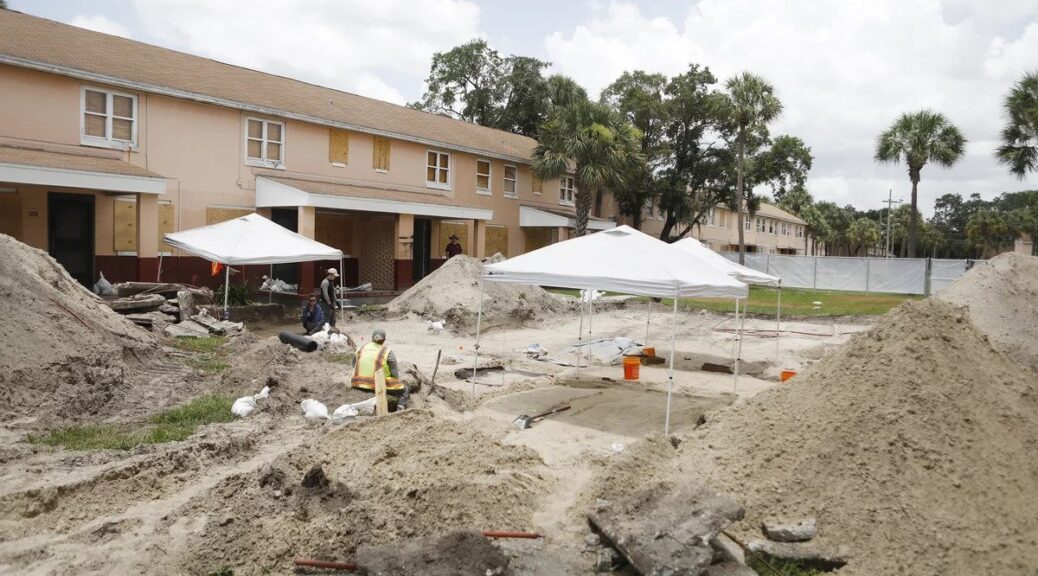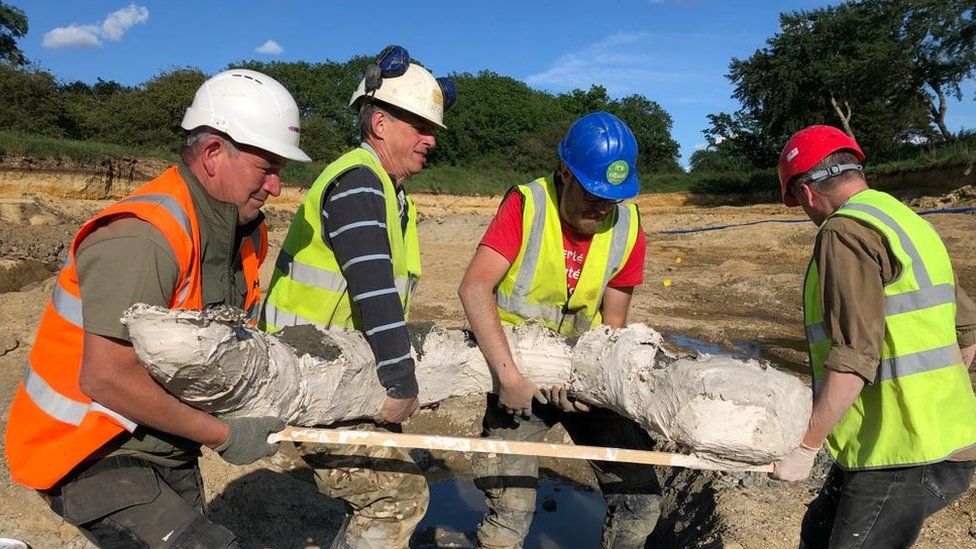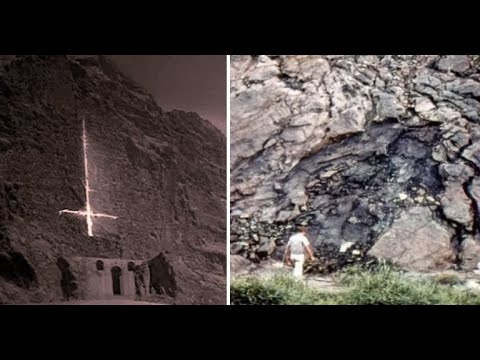Billionaire hands over $70 million of stolen artefacts
Michael H. Steinhardt, the billionaire hedge fund pioneer and one of New York’s most prolific antiquities collectors, has surrendered 180 stolen objects valued at $70 million and been barred for life from acquiring any other relics, the Manhattan district attorney’s office said in a statement Monday.
The prosecutor’s office struck an agreement with Mr. Steinhardt after a four-year multinational investigation that determined that the seized pieces had been looted and smuggled from 11 countries, trafficked by 12 illicit networks and appeared on the international art market without lawful paperwork, the office said.
“For decades, Michael Steinhardt displayed a rapacious appetite for plundered artifacts without concern for the legality of his actions, the legitimacy of the pieces he bought and sold, or the grievous cultural damage he wrought across the globe,” District Attorney Cyrus Vance Jr. said, adding: “This agreement establishes that Steinhardt will be subject to an unprecedented lifetime ban on acquiring antiquities.”
Mr. Steinhardt, a Brooklyn native who turns 81 on Tuesday, is a major contributor to New York University and to numerous Jewish philanthropies. There is a Steinhardt conservatory at the Brooklyn Botanic Garden and a Steinhardt Gallery at the Metropolitan Museum of Art.
In a statement on Monday, his lawyer, Andrew J. Levander, said: “Mr. Steinhardt is pleased that the District Attorney’s yearslong investigation has concluded without any charges, and that items wrongfully taken by others will be returned to their native countries.
Many of the dealers from whom Mr. Steinhardt bought these items made specific representations as to the dealers’ lawful title to the items, and to their alleged provenance. To the extent these representations were false, Mr. Steinhardt has reserved his rights to seek recompense from the dealers involved.”
According to prosecutors, 171 of the 180 seized antiquities first surfaced in the possession of accused antiquities traffickers, including two who have been convicted in Italy — Giacomo Medici and Giovanni Becchina.
They said the investigation revealed that 101 of the items, all covered in dirt and encrustations, were visible and identifiable in photographs found in the possession of known traffickers.
Christos Tsirogiannis, an associate professor at the University of Aarhus Institute of Advanced Studies in Denmark, who specializes in searching photographic archives seized from antiquities dealers, said traffickers use such photos to advertise their looted wares to small groups of wealthy collectors. Dr. Tsirogiannis is one of about 60 researchers, investigators and foreign law enforcement officials credited by the prosecutors’ office with assisting in the case.
As part of its inquiry, Mr. Vance’s office said, prosecutors executed 17 search warrants and worked with officials in 11 countries — Bulgaria, Egypt, Greece, Iraq, Israel, Italy, Jordan, Lebanon, Libya, Syria, and Turkey.
In explaining the agreement not to prosecute so long as Mr. Steinhardt abides by all its terms, Mr. Vance said the arrangement would allow for the items to be “returned expeditiously to their rightful owners” rather than being held as evidence. It would also help his office to “shield the identity of the many witnesses here and abroad whose names would be released at any trial.”
Nonetheless, the case and other recent seizures demonstrate that the office’s Antiquities Trafficking Unit is ready to reach far back in time to confiscate objects based on a New York state statute that allows prosecutors to return stolen property to its “rightful owners” regardless of when a theft might have occurred.
Mr. Steinhardt’s dealings with prosecutors over suspect antiquities date back to the 1990s. In 1997, a federal judge ruled that Mr. Steinhardt had illegally imported a golden bowl, known as a phiale, from Italy in 1992.
The object, dating to 450 B.C. and costing $1 million, was seized from Mr. Steinhardt’s home in 1995. The judge rejected his contention at the time that he was an “innocent owner” with no knowledge of irregularities.
In 2018, investigators raided his office and Fifth Avenue home and took away several ancient works they said had been looted from Greece and Italy. That seizure came on the heels of a 2017 seizure of a marble statue stolen from a temple in Sidon, Lebanon, which Mr. Steinhardt relinquished and which has been returned.
The 2017 seizure led to the formation of the trafficking unit, which pressed the case that was resolved on Monday. Officials said the unit has recovered more than 3,000 items valued at $200 million, and that at least 1,500 have been returned to their owners and countries of origin. It said hundreds are ready to be repatriated “as soon as the relevant countries are able to receive them amid the pandemic,” and more than 1,000 objects are being held awaiting the outcome of criminal proceedings.
(Separately, in March 2019, Mr. Steinhardt was accused of a pattern of sexual harassment by several women who worked for the nonprofits he supported.)
The confiscated items, which decorated Mr. Steinhardt’s homes and offices, and which he often lent to major museums, came mostly from Italy, Greece and Israel, according to a list compiled by investigators.



They include:
A ceremonial libations vessel, or rhyton, that depicts a stag’s head, purchased from the Merrin Gallery of Manhattan for $2.6 million in November 1991. Officials said the item, which dates to 400 B.C., first appeared on the international art market without provenance after rampant looting in Milas, Turkey. In March 1993, prosecutors said, Mr. Steinhardt lent it to the Metropolitan Museum of Art, where it was when law enforcement officials seized it. It has since been repatriated.
A larnax, or small chest for human remains, from Crete, that dates between 1400-1200 B.C. Officials said the item, valued at $1 million, was purchased from a known antiquities trafficker and traced to Mr. Steinhardt through a financial institution based in Malta.
The “Ercolano Fresco,” purchased from Robert Hecht, who had faced accusations of trafficking in antiquities, “with no prior provenance” for $650,000 in November 1995. Dating to 50 B.C. and valued at $1 million, it depicts an infant Hercules strangling a snake sent by Hera to slay him. The fresco was looted in 1995 from a Roman villa in the ruins of Herculaneum, near Naples, officials said.
A gold bowl looted from Nimrud, Iraq, and purchased without provenance papers, officials said, for $150,000 in July 2020, at a time when objects from Nimrud were being trafficked by the Islamic State in Iraq and the Levant. Made of gold with a scalloped-flower design, the object surfaced in October 2019 when a Customs and Border Protection officer notified Mr. Vance’s office that someone on a flight from Hong Kong to Newark was hand-carrying the bowl for Mr. Steinhardt.
Three stone death masks that appeared to be encrusted with soil in photographs recovered by the Israeli authorities. They date to 6000 B.C. and were purchased by Mr. Steinhardt for $400,000 in October 2007.
Prosecutors said Mr. Steinhardt had owned and traded more than 1,000 antiquities since 1987, and his art collection was valued at about $200 million.

